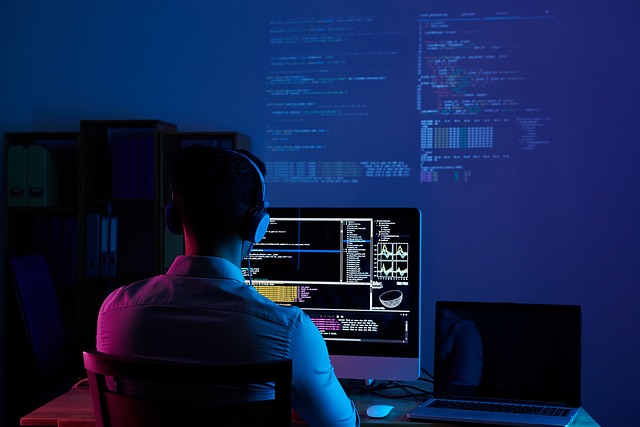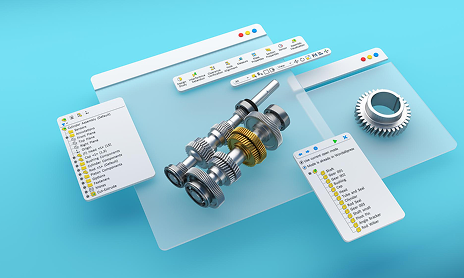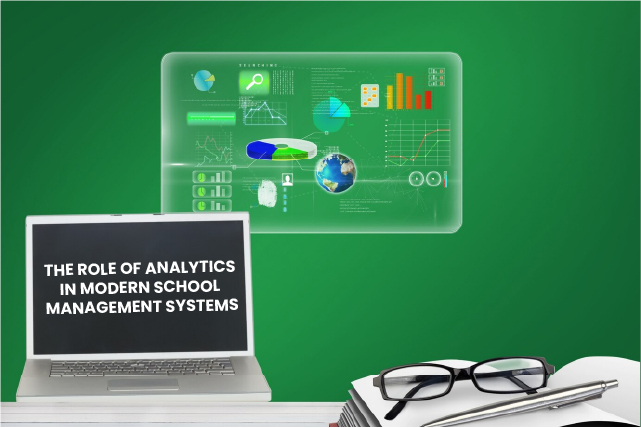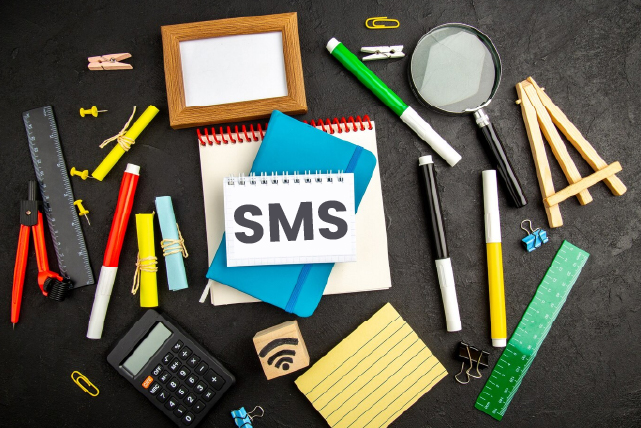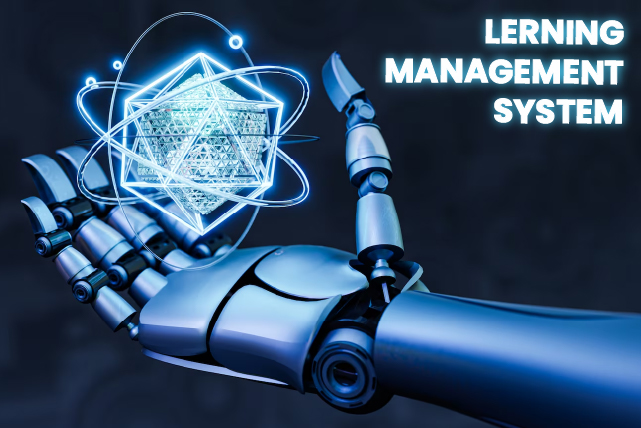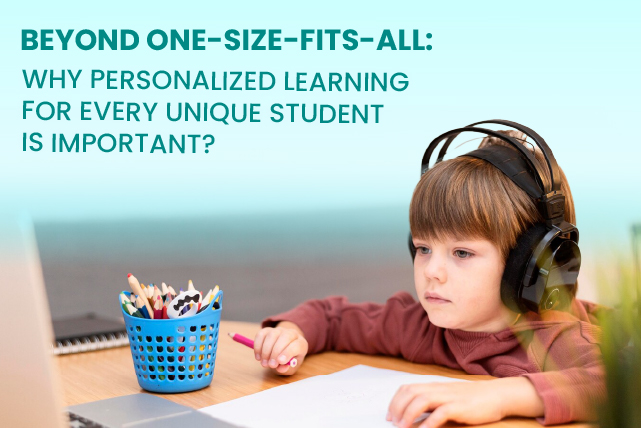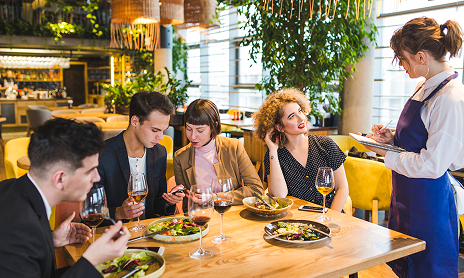
Restaurant management System- Flutter smart food menu - Android, IOS, Web, Desktop
Transform your restaurant operations with an all-in-one management system for Android, iOS, and web. From smart food menus to efficient order processing and real-time management, this Flutter-based solution enhances customer experience and boosts efficiency.
Restaurant management System- Flutter smart food menu - Android, IOS, Web, Desktop
Introduction
Technology is a critical component in improving customer experience and operational efficiency in the dynamic hospitality sector. A Restaurant Management System is one of the many breakthroughs that is revolutionizing the way restaurants operate. It is a truly revolutionary technology. This system offers a dynamic, user-centric eating experience in addition to streamlining operations when combined with a smart food menu.
Utilizing the capabilities of Flutter, an adaptable framework for creating natively built desktop, web, and mobile applications from a single codebase, this method provides a unified approach to restaurant management on several platforms. A Flutter-based RMS makes sure that customers and restaurant employees have a smooth and uniform experience across desktop, mobile, and web browser settings.
This article examines the many features and advantages of a restaurant management system that uses Flutter to create a smart food menu. We'll explore how this cutting-edge technology promotes operational excellence, improves customer engagement, and streamlines the management of food and beverage services. Come discover how a smart food menu combined with Flutter's cross-platform capabilities may transform eating in the digital age.
 1. Importance of Restaurant Management System
1. Importance of Restaurant Management System
Defining its Importance
A Restaurant Management System is integral to modern dining establishments, providing a comprehensive solution to streamline various essential operations. Its importance is evident in several key areas. Firstly, RMS significantly enhances operational efficiency by automating functions such as order processing, inventory management, and staff scheduling. This automation minimizes manual errors, speeds up service delivery, and ensures smooth operations in the fast-paced restaurant environment. Real-time data provided by RMS allows managers to make informed decisions quickly, adapting to fluctuations in demand or supply with agility.
RMS also promotes personalized service and lowers order errors, both of which significantly enhance the customer experience. Precise order communication between kitchen and front-of-house personnel lowers waste and improves customer pleasure. By tracking client preferences and order history, integrated customer relationship management (CRM) tools let restaurants provide a more personalized dining experience that fosters customer loyalty.
RMS systems are made to be flexible and expandable. They can grow with the company, accommodating branch offices and integrating new service offerings like online and delivery ordering. Additionally, many third-party applications, such as marketing tools, accounting software, and loyalty programs, can be integrated with modern RMS to create a full ecosystem that promotes overall corporate success.
In conclusion, a restaurant management system is more than just a tool; it's a strategic asset that boosts customer happiness, increases operational effectiveness, and maintains financial stability. Success in today's cutthroat market depends on its capacity to provide comprehensive solutions that meet the complexity of restaurant management.
 2. Key Features of Restaurant Management System
2. Key Features of Restaurant Management System
Smart Food Menu
Digital menus like the Smart Food Menu provide a lively and engaging dining experience. A smart food menu, in contrast to conventional paper menus, is frequently presented on tablets or incorporated into a restaurant's website or app. It offers current information about menu items, such as availability, costs, and descriptions. Consumers may quickly navigate through categories, see upscale photos of the food, and get comprehensive details about ingredients and allergies. It can also recommend foods based on past orders and client preferences, improving the eating experience and assisting customers in making decisions.
Order Management
Order Management is a crucial feature that streamlines the process of taking, processing, and tracking orders from customers. This feature enables staff to input orders efficiently into the system, which are then relayed directly to the kitchen or bar. It helps in managing both dine-in and take-out orders, including modifications and special requests. Order Management systems often come with real-time tracking, so both staff and customers can monitor the status of their orders, reducing wait times and improving accuracy.
Reservation and Table Management
This function makes it easier to reserve and oversee tables in the restaurant. With real-time availability updates, reservation systems enable patrons to reserve seats in advance via the restaurant's website or app. Staff members may better manage walk-in clients, optimize table assignments based on reservation schedules, and arrange seating with the aid of table management software. By limiting congestion and guaranteeing continuous service flow, this guarantees effective use of space, lowers wait times, and improves the entire eating experience.
Payment Processing
An RMS's ability to process payments, including cash, digital wallets, credit/debit cards, and other kinds of payment, is essential. To execute transactions securely and effectively, it interfaces with point-of-sale systems. Split bill, digital receipt, and loyalty incentive options are common examples of this feature. In order to simplify accounting software integration and financial tracking and reporting, advanced payment processing systems can also accept contactless payments.
Accessibility and Usability
How simple it is for all users, including those with disabilities, to use the RMS is referred to as accessibility and usability. This offers functions like voice commands, font size adjustment, and screen reader compatibility. The goal of usability is to make a system that is easy to use and navigate for both customers and staff, requiring little to no training. An intuitive user interface that improves operational effectiveness and offers a flawless dining experience for customers and staff is a hallmark of a well-designed RMS.
Personalized Recommendations
Using data and algorithms, personalized recommendations make menu recommendations based on the tastes of specific customers. The algorithm is able to provide diners with personalized recommendations that suit their preferences by examining past orders, customer evaluations, and even dietary restrictions. By simplifying the meal selection process, this tool not only improves the customer experience but also encourages repeat business and increases overall sales. Targeted promotions and offers or the smart food menu are two ways that personalized recommendations might be shown.
 3. How RMS Enhances Customer Engagement and Loyalty?
3. How RMS Enhances Customer Engagement and Loyalty?
Customer loyalty and engagement are critical components of a restaurant management system that support the enterprise's long-term success. Creating a satisfying and unique dining experience for patrons is essential to engaging them, as it promotes return business and strengthens their bond with the company. Personalized interactions, such customized menu suggestions, exclusive deals, and loyalty programs that honor regular diners, can help achieve this. Through the use of client data, the system is able to recognize patterns and preferences, which enables restaurants to provide personalized incentives and promotions that appeal to certain customers.
Because they offer material incentives for returning customers, loyalty programs are essential to sustaining client engagement. These programs encourage patrons to pick the restaurant over rivals, whether through point-based systems, special access to events, or discounts. A restaurant management system can also enable direct communication with patrons by SMS, email, or in-app notifications, informing them about future events, new menu items, or exclusive offers.
The method helps restaurants create enduring relationships with their customers by emphasizing customer engagement and loyalty. This increases customer retention and promotes consistent revenue development. Customers that are involved and devoted to a restaurant have a higher probability of becoming brand ambassadors, spreading the word about their pleasant experiences and boosting its success.
 4. Benefits of Restaurant Management System
4. Benefits of Restaurant Management System
A restaurant management system offers numerous benefits that streamline operations, enhance customer experiences, and drive business growth. One of the primary advantages is improved efficiency in daily operations. The system automates various tasks such as order processing, inventory management, and staff scheduling, reducing the likelihood of human error and freeing up time for staff to focus on delivering exceptional service. By centralizing key functions, the system ensures that all aspects of the restaurant, from the kitchen to the front of the house, operate in sync, leading to smoother workflows and quicker service.
Improving inventory control and cutting waste are two other important advantages. The technology tracks stock levels in real time and notifies managers when there is an excess of perishable goods or when stocks are running short. This lowers food waste, keeps inventory levels at ideal levels, and eventually saves money. Furthermore, the comprehensive reporting and analytics features of the system provide insightful information about consumer preferences, sales trends, and employee performance. With the use of these insights, restaurant operators can make data-driven decisions that enhance menu options, maximize pricing schemes, and boost overall revenue.
Features like reservation management, online ordering, and customized client interactions further increase consumer satisfaction. The system facilitates customer acquisition and retention by offering a smooth online and offline experience. In conclusion, a restaurant management system is a vital tool for contemporary eateries since it not only improves operational efficiency but also helps with wiser decision-making, better customer service, and more profitability.
 5. Why Compliance and Safety is Crucial for RMS?
5. Why Compliance and Safety is Crucial for RMS?
A restaurant management system must include compliance and safety measures to guarantee that the business follows industry rules and upholds strict standards for food safety and cleanliness. The system offers tools for efficiently monitoring and managing these areas, assisting restaurant operators in adhering to local labor laws, health codes, and other regulatory requirements. It can, for example, keep track of food storage temperatures, keep an eye on expiration dates, and make sure that the right handling practices are followed, all of which lower the risk of foodborne illnesses and guarantee the safety of customers.
Furthermore, the system facilitates the keeping of thorough records for audits and inspections, making it easier to prove conformity to regulatory bodies. In order to guarantee that every employee is knowledgeable about safety procedures and best practices, it can also oversee employee certifications and training. This is especially crucial for preserving a secure workplace and averting mishaps at work.
From a security standpoint, the system can safeguard user information via secure payment gateways and encrypted transactions, guaranteeing that private data is managed sensibly and compliantly with data protection laws. A restaurant management system ensures the health and safety of patrons and staff while also shielding the establishment from legal risks and harm to its reputation by incorporating compliance and safety measures into regular operations. In the end, these actions support the restaurant's general confidence and trustworthiness, promoting a secure and law-abiding dining environment.
 6. How the Restaurant Management System has Evolved Overtime?
6. How the Restaurant Management System has Evolved Overtime?
The development of restaurant management systems is a reflection of more general technical breakthroughs that have revolutionized the hospitality sector. At first, manual procedures were used in restaurants to handle inventory, schedule employees, and take orders. These procedures lacked the efficiency required to meet the demands of an expanding company, were frequently laborious, and were prone to mistakes.
The first major change in restaurant administration came with the introduction of point-of-sale (POS) systems. These early systems offered a more efficient method of managing transactions by streamlining the tracking of sales and payment processing. They still had a narrow focus, though, mostly concentrating on front-of-house operations without incorporating other vital facets of restaurant administration.
With the development of technology, point-of-sale (POS) systems underwent a transformation into all-encompassing restaurant management systems capable of managing many jobs. Restaurant operations could be managed from a single platform thanks to the integration of customer relationship management (CRM), employee scheduling, and inventory management into these systems. This increased productivity and offered insightful data that could be utilized to enhance staffing levels, pricing policies, and menu options.
With the introduction of mobile technologies and cloud-based solutions in recent years, the evolution has proceeded. With real-time data access provided by modern restaurant management systems, managers may monitor operations from a distance and make choices while on the go. In addition, the incorporation of reservation systems, online ordering, and customer feedback methods has improved the customer experience and enabled restaurants to better adapt to the evolving needs of their patrons.
Overall, the demand for increased accuracy, efficiency, and customer happiness has fueled the development of restaurant management systems. Modern restaurants rely heavily on the sophisticated and multifarious tools of today's technologies to help them succeed and easily manage the intricacies of the business.
 7. Restaurant management System and Its Future
7. Restaurant management System and Its Future
Restaurant management systems have bright futures ahead of them thanks to continued technological improvements and shifting customer trends. These technologies, which offer cutting-edge solutions that improve productivity, customer happiness, and profitability, are anticipated to become increasingly more crucial to restaurant operations as the sector develops.
One significant trend is the ongoing expansion of cloud-based and mobile solutions. With the increased flexibility these systems provide, restaurant managers can keep an eye on and oversee operations at any time and from any location. Restaurant operators may now more effectively manage several locations by using remote management, which allows them to make data-driven decisions based on up-to-date information.
Furthermore, there will probably be greater integration of cutting-edge payment systems, such cryptocurrency and digital wallets, giving users more options and improving transaction security. Furthermore, restaurant operations will be further automated by the deployment of Internet of Things devices, such as smart kitchen appliances, which will enhance food preparation procedures and cut waste.
Systems for managing restaurants in the future will also need to be highly sustainable. Systems with capabilities like energy consumption monitoring and waste management analytics will probably be included as customers grow more environmentally concerned. These tools assist restaurants in tracking and mitigating their environmental impact.
In conclusion, increased automation, improved data analytics, and an emphasis on sustainability will shape restaurant management systems of the future and position them as vital instruments for negotiating the challenges of the contemporary restaurant business and satisfying the changing demands of both operators and patrons.

